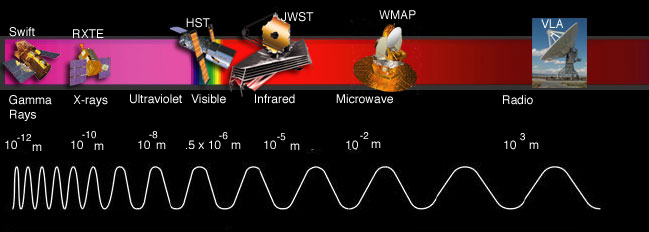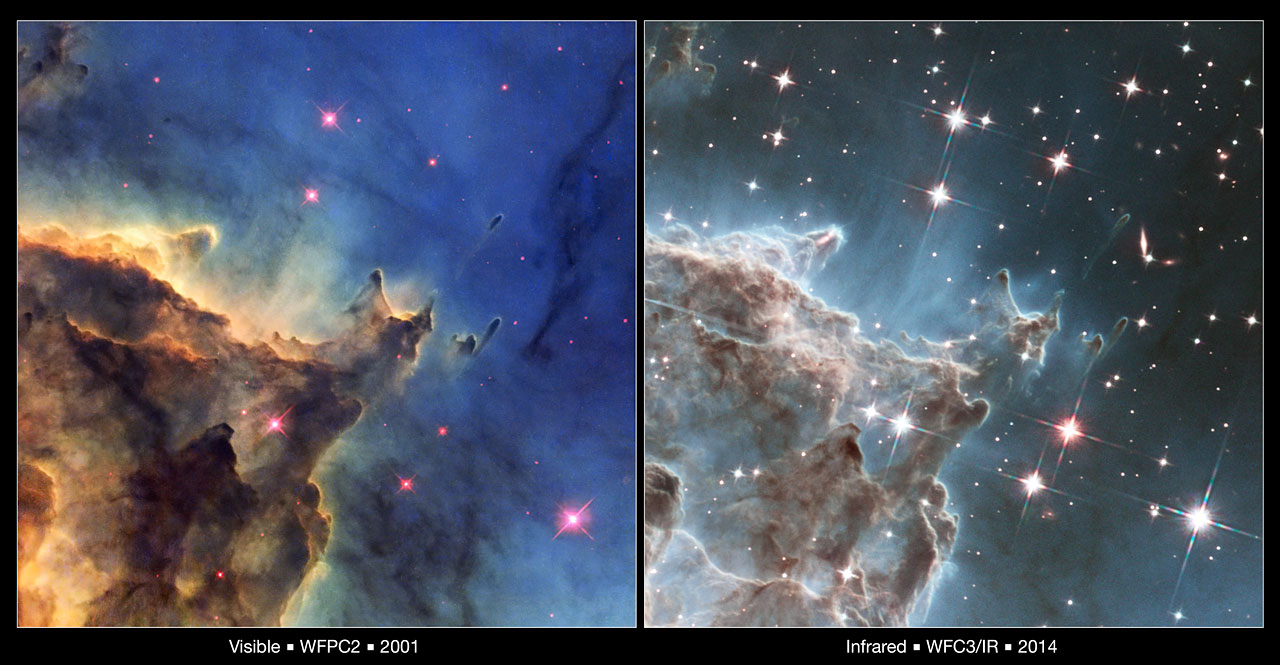Most objects in space give off several types of electromagnetic radiation at the same time. Even though you can’t see them with your eyes, they are there, and we use different instruments to make them visible. James Webb Space Telescope’s infrared “eyes” will help us see farther and deeper than ever before facilitating the study of the early universe and the formation of galaxies, stars and planets.
In part two of the James Webb Experience, Dr. Stephanie LaMassa from the Space Telescope Science Institute will help us understand infrared light, why it is important for learning about the early universe, how the Webb observes infrared light, and the technical challenges with observing infrared – especially keeping the infrared detectors cold enough to function (40 kelvin or -388 degrees Fahrenheit)
Dr. Stephanie LaMassa is a Scientist at the Space Telescope Science Institute and serves as the manager of the JWST NIRISS instrument team. Steph studies the growth and evolution of growing supermassive black holes (i.e., active galactic nuclei) and the interplay between black hole fueling and star formation from a multi-wavelength perspective. Steph is also interested in understanding how highly variable active galactic nuclei provide insight into the feeding habits of black holes and the lifetimes of these systems.
NATURAL HISTORY SOCIETY OF MARYLAND (NHSM) has joined almost 500 sites across the country to celebrate the launch of the James Webb Space Telescope, NASA’s next great space science observatory. NHSM will offer a range of public programs beginning October 28 and running through December to bring the excitement of STEAM (science, technology, engineering, arts, and math) to anyone whose favorite words are why, how, and what.
Webb is the largest and most complex space science telescope ever built – the premier observatory of the next decade. This international mission, led by NASA in partnership with the European and Canadian space agencies, will launch in December 2021.
The observatory will provide a new view of the cosmos and push the field of astronomy into a new era. The telescope will observe the universe in the infrared, peering inside dust clouds to study light from distant parts of the universe for the very first time – the first galaxies that formed about 13.5 billion years ago – and give us insight into how our universe formed. It will also explore distant worlds in other solar systems, as well as objects in our own solar system. Webb will extend the scientific discoveries of other NASA missions like the Hubble Space Telescope, Chandra X-ray Observatory, and Transiting Exoplanet Survey Satellite.


